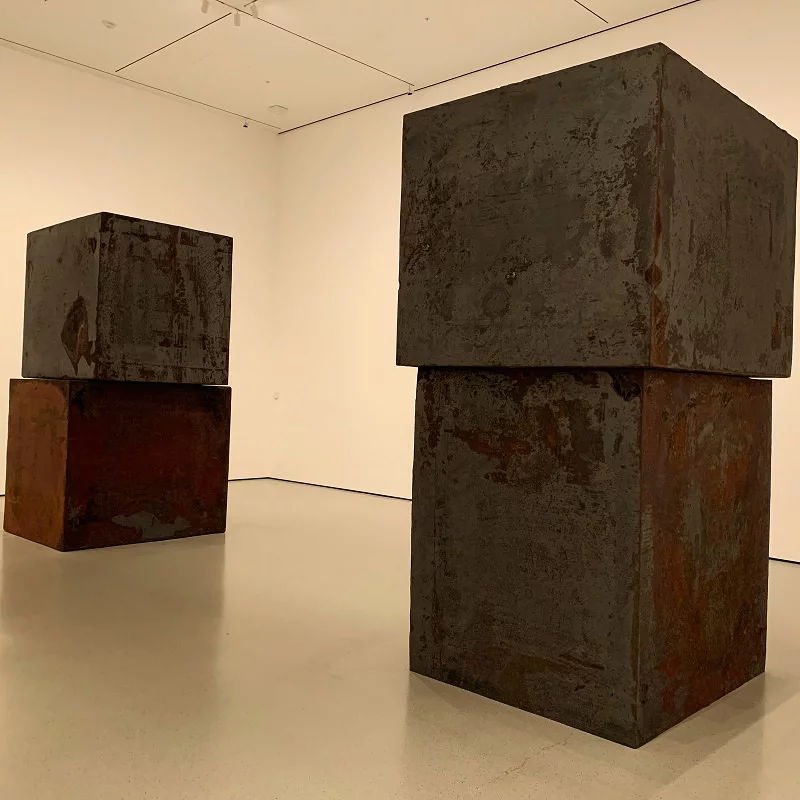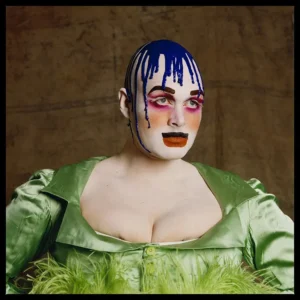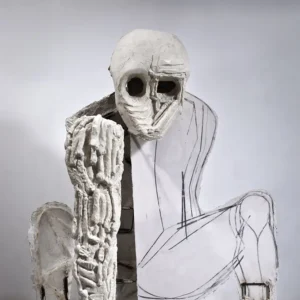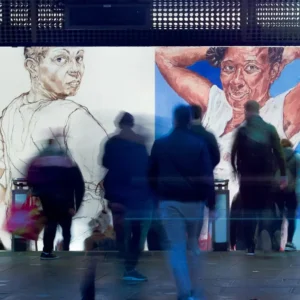The term “contemporary sculpture” in art historiography emerged in the mid-1960s and 1970s as a way to differentiate it from modern sculpture. Contemporary sculpture does not represent any particular artistic style; rather, it promotes an opening of the specific field of art to the point of blurring the boundaries between disciplines through experimentation.
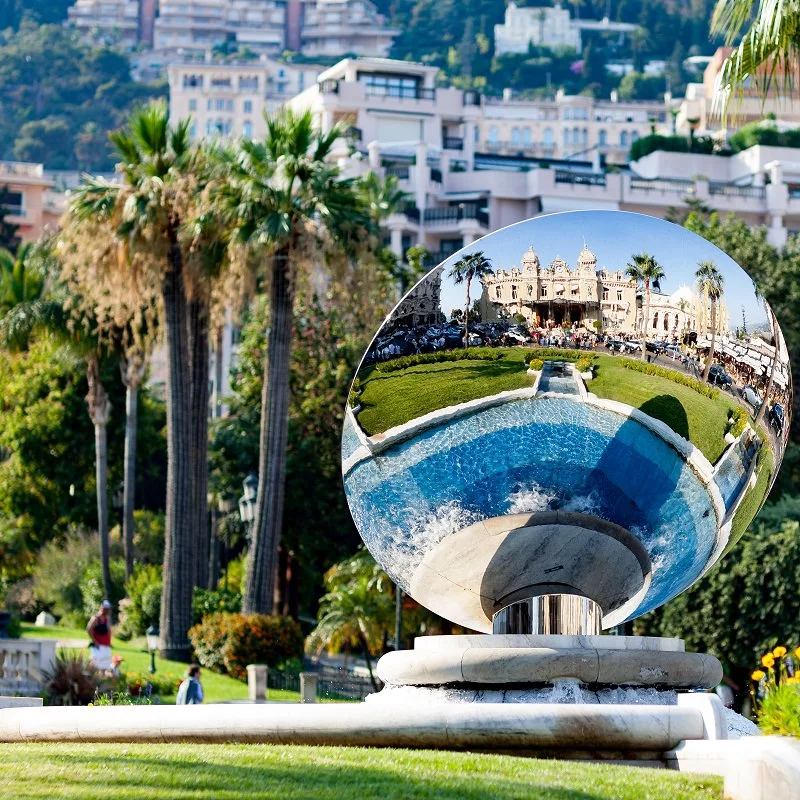
Contemporary sculpture has expanded and multiplied the possibilities of sculpture as an art form. Contemporary sculpture artists have gone above and beyond their predecessors and reinvented this art form’s characteristics, techniques, and materials.
Contemporary Sculpture History
In the field of sculpture, the canon defined in classical Greece remained approximately unchanged until the end of the 19th century, the beginning of modern art. While Auguste Rodin‘s works at the 1900 Paris Universal Exposition represented a break from the sculptural tradition, sculptural art underwent the most profound evolution in parallel with the avant-garde of modern painting.
Modern art faced centuries old traditions and proposed new ways to understand the concept and function of art, gradually abandoning the imitation of nature. Surrealism, abstraction, expressionism, and cubism paved the way for contemporary sculpture as we know it.
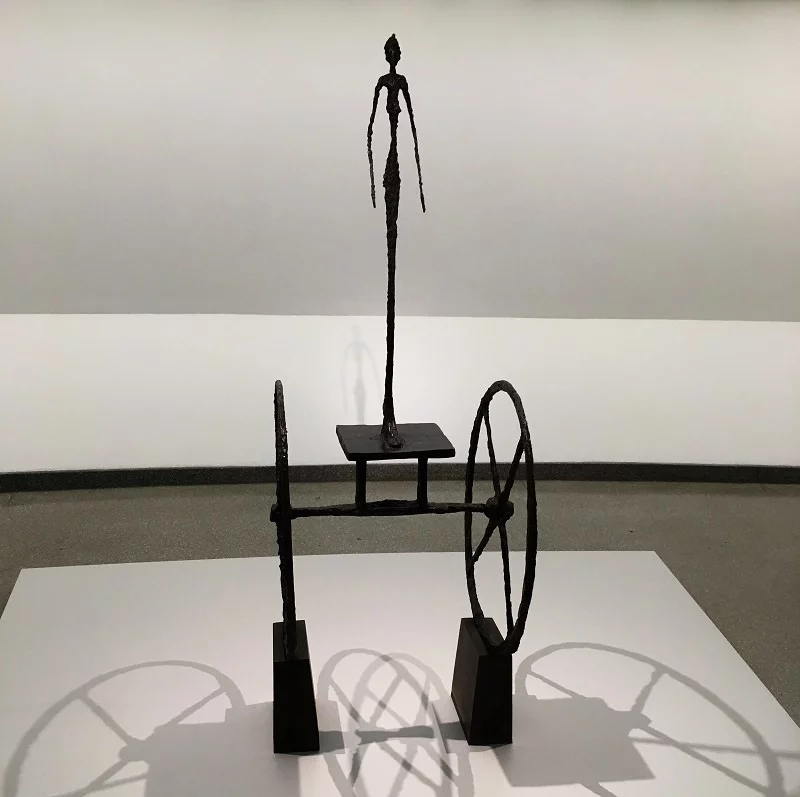
Modern artists such as Alberto Giacometti and Alexander Calder created strong precedents for contemporary sculptors. Giacometti’s sculptural expressionism is based on the representation of feelings rather than the representation of objective reality. His elongated and extremely thin human figures are an accurate reflection of the experiences of World War II.
The artist and mechanical engineer Calder combined aesthetics, movement, and balance. One of his best-known works is the Mobile series. It consisted of abstract sculptures that moved, either by an engine or by air currents, something totally innovative.
The works of Giacometti and Calder parted from the aesthetic conventions of art education in the academies between the eighteenth and nineteenth centuries, and developed new expressive possibilities for sculpture. Their influence, combined with the economic growth and technological advancements after WWII, gave rise to a new era for sculpture art.
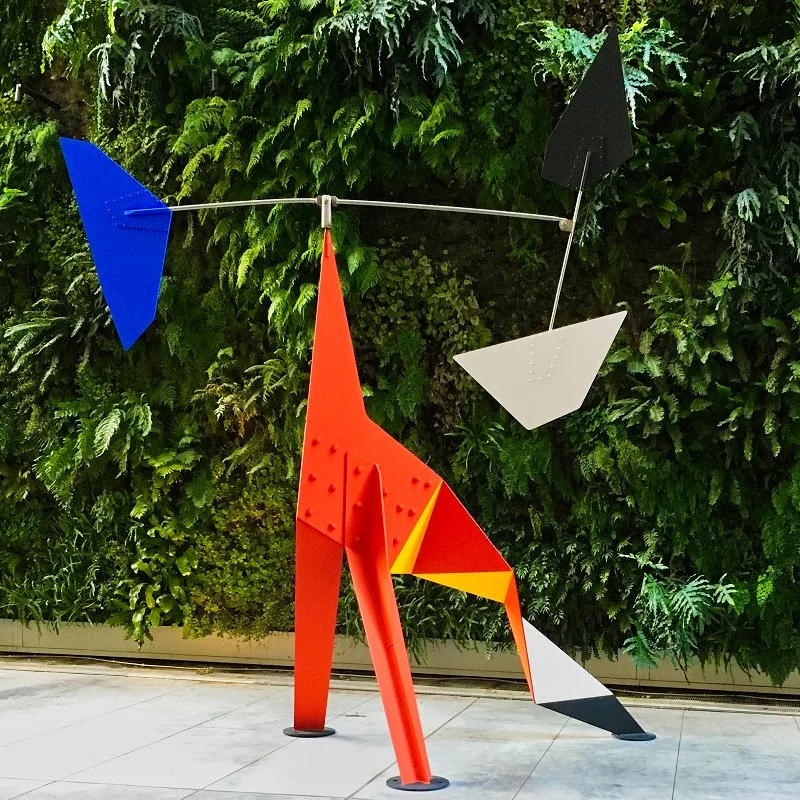
Contemporary Sculpture Characteristics
Contemporary sculpture proposes a radical redefinition of the concept of sculpture. The main characteristic of contemporary sculpture is the definitive break with the past and the search for innovation.
The values of classical sculpture, such as the faithful representation of nature, the search for beauty, balance, symmetry, and harmony were abandoned. Contemporary sculpture artists moved away from the naturalistic representation of the human figure, giving way to geometric figures, movement, space, subjectivity, communicative and political qualities of art among other themes.
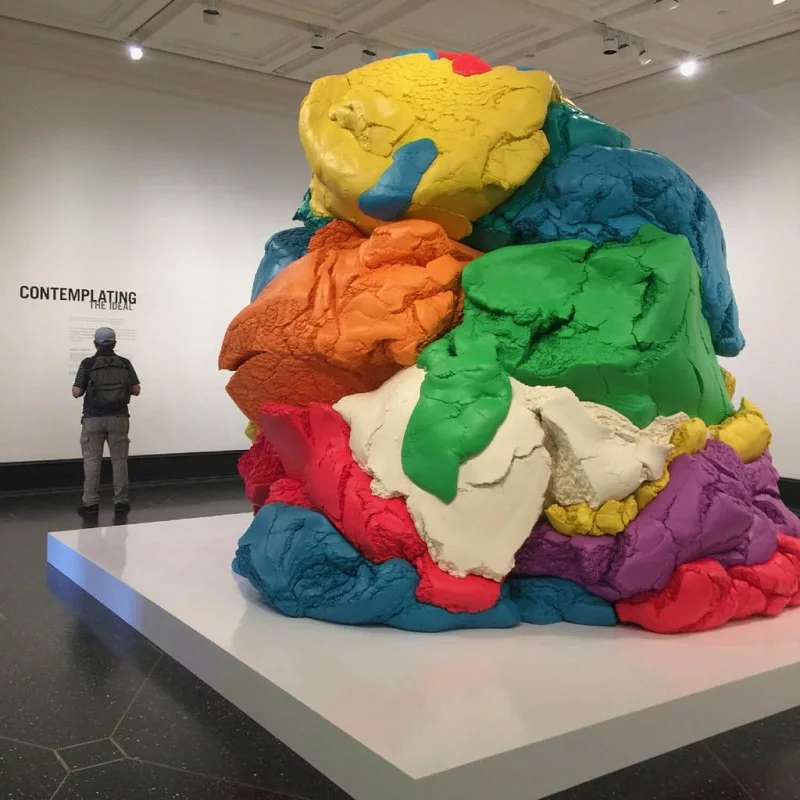
Commemorative, religious, and moral functions are also lost. Contemporary sculptures are no longer the vehicles of abstract thought and ethics as they once were. That is why, in this period, new functions and meanings are sought. These changes imply that artists do not seek to pigeonhole themselves to a particular style, and coexist with other artistic languages.
Contemporary Sculpture Techniques
Contemporary sculpture artists can be distinguished primarily by experimentation. At the beginning of the twentieth century, new techniques such as assemblage, forging, cement casting, and concrete emerged. The post-war period marked technological advances in electronics and telecommunications. Artists began to incorporate welding, soldering and cutting of metal, which became a popular medium by many artists including Pablo Picasso. In search of innovation, sculptors then started combining these novel methods with traditional techniques such as carving, molding, and casting.
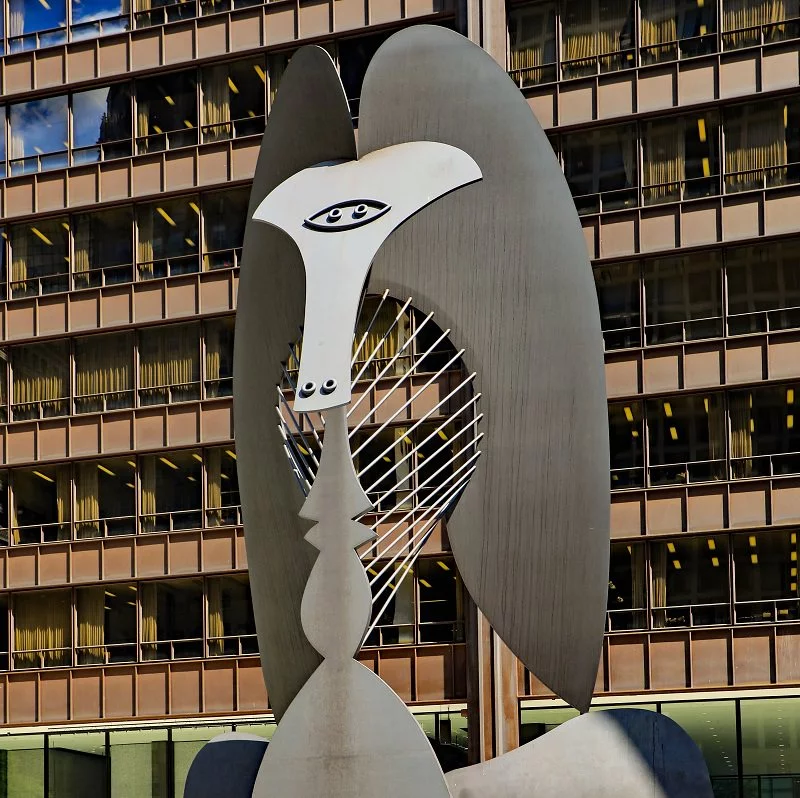
Contemporary Sculpture Materials
The irruption of Marcel Duchamp‘s “Fountain” (1917) brought a new concept: the readymade. This idea proposed that any everyday object could be art. Thus, a urinal, a bottle holder, an iron, or a bicycle can be a work of art. Influenced by Duchamp, sculpture artists began to include non-artistic elements in their works, such as industrial waste, newspaper, foodstuffs, recycled objects, and materials taken from nature such as earth, leaves, and branches.
Contemporary sculptors also use materials such as iron, resins, plastics, clay, metals, wood, concrete, polyester, polyethylene, latex, and even combine these materials with traditional ones like marble.
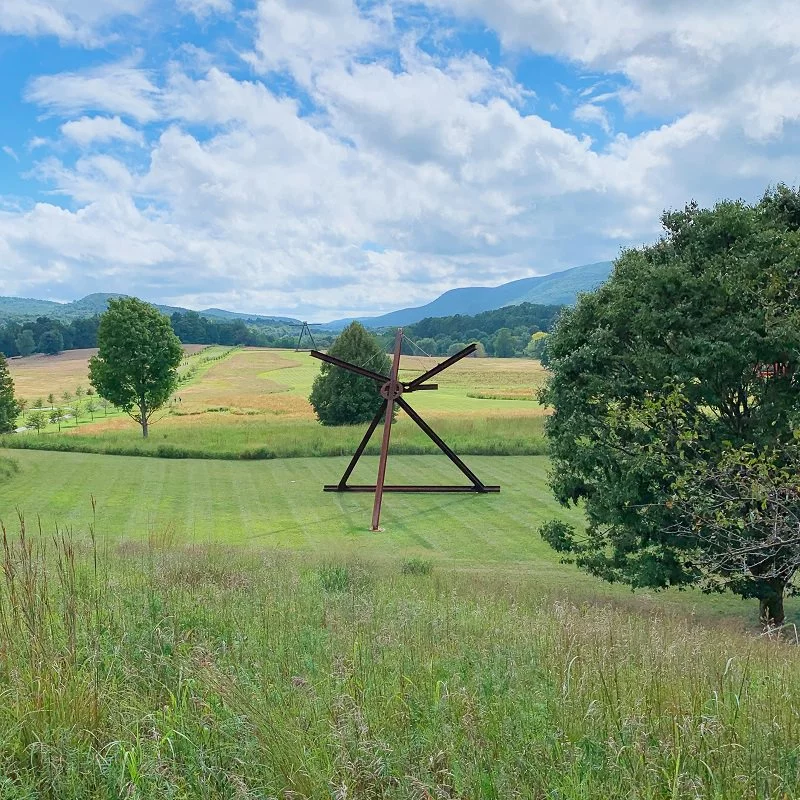
Contemporary Sculpture Artists
Contemporary sculpture encompasses multiple artistic styles based on experimentation. From enormous sculptures in natural spaces to sculptures of political nature, and others that celebrate the superficiality of our days, contemporary sculpture is a reflection of the constant change we have been living in the last decades. Some of the main artistic currents are expressionism, minimalism, conceptual art, land art, and abstract art.
John Chamberlain was one of the most important sculptors of sculptural expressionism. He is recognized for being the first to use found metals, especially car parts, as creative material. Chamberlain is considered by many the Pollock of sculpture for his creative freedom and energetic use of color.
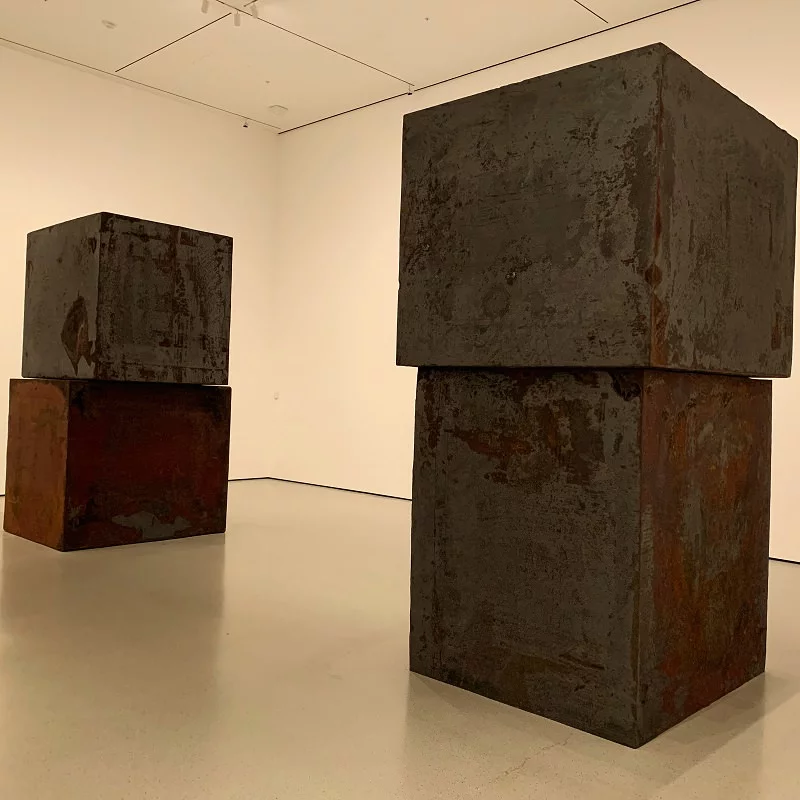
Richard Serra, Donald Judd, and Barry Le Va stood out in minimalism. Serra is characterized by his huge installations with metal plates, Dudd by geometric simplicity, and large-scale modular repetition. Barry Le Va is known for the dialogue his works created with the physical space in which he exhibits. He often uses materials such as powdered chalk, broken glass, concrete, and firearms.
Richard Long, Tito Farré, and Robert Smithson, on the other hand, worked with Land Art. The works, often monumental, are created in the middle of nature. The blend of landscape architecture and sculpture is a unique work of art itself. The works become exposed to the changes of the natural environment so much so that some artworks fuse into the landscape.
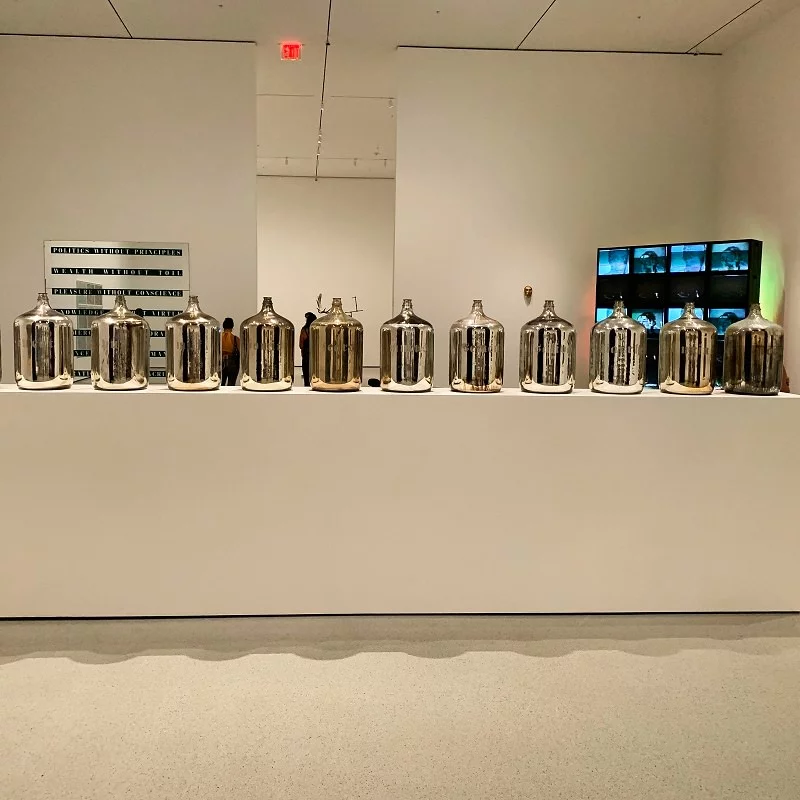
On the other hand, conceptual art opened new horizons for contemporary sculpture artists. In Latin America, Lygia Pape‘s sculptures instigate sensorial engagements in search of a real experience on the part of the viewer. The artist stood out for her social themes, such as racism and the visibility of indigenous peoples. During this period, the concept of feminist art was also born, feeding upon feminism and social protests.
Artists such as Joan Jonas, Louise Bourgeois, and Kiki Smith, whose works often included human body as the subject, chose conceptual sculpture to criticize inequalities in the art world, as the classical fine art system restricted the training of women artists.
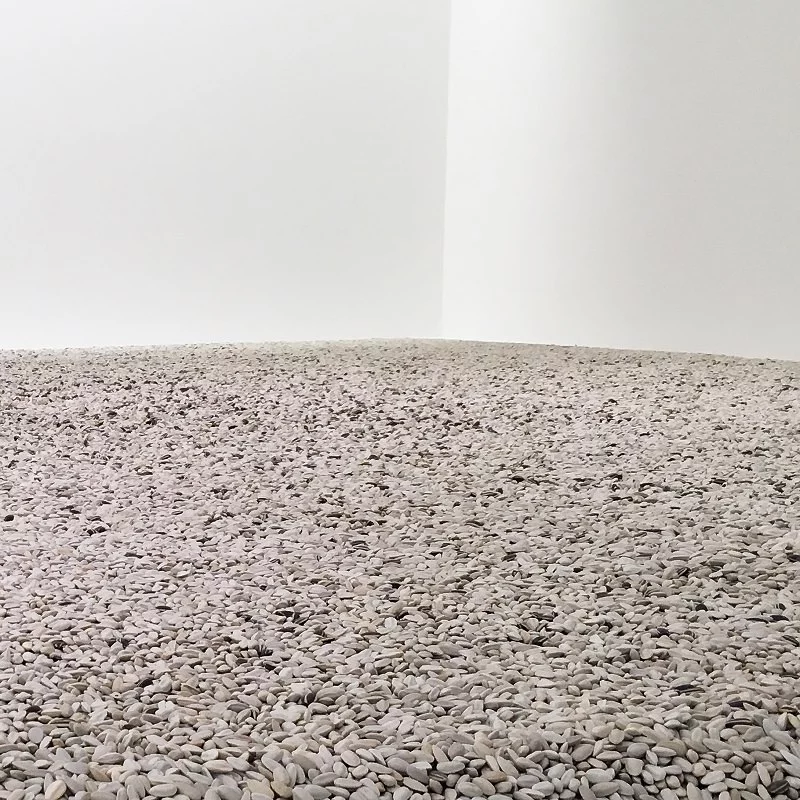
In the last decade, artists have used their art to highlight societal issues. Ai Weiwei’s work consists of political denunciation, mainly criticism of the Chinese government for violations of democracy and human rights. His intricately crafted 100 million figurative sunflower seeds porcelain pieces represent the massive Chinese population, and challenges the ‘Made in China’ phenomenon.
Anish Kapoor makes visible what is hidden through abstract figures created with materials such as concrete, stone, chalk, stainless steel, and fiberglass.
Jeff Koons, on the other hand, creates playful chromatic pieces that confront materialism. His superficial and kitsch sculptures are based on objects of the consumer society. Koons is one of the most sought-after living artist in the world.
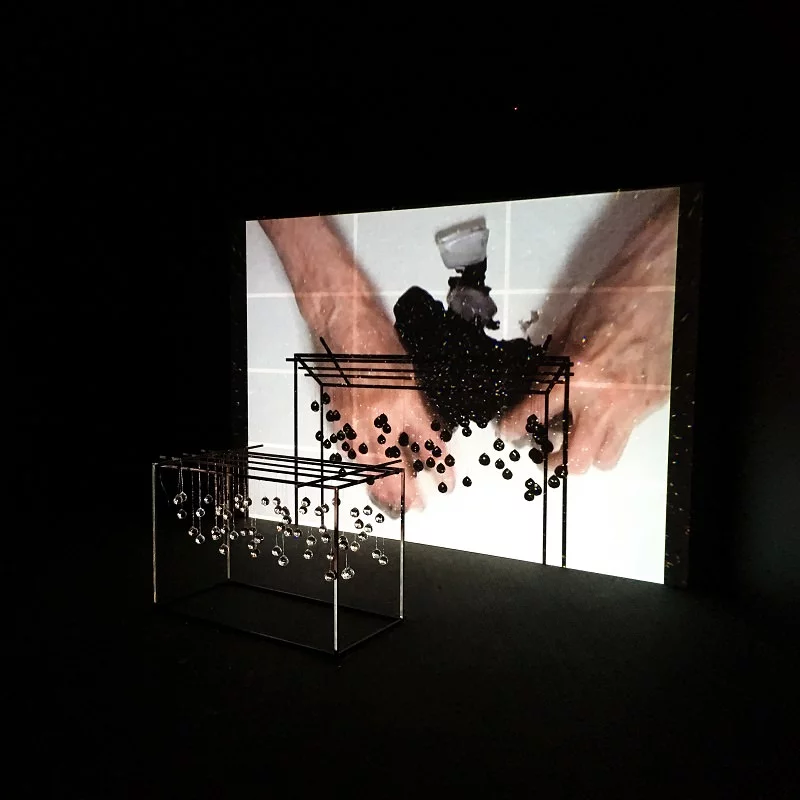
Contemporary Sculpture: An Ever-Changing Art Form
Contemporary sculpture is conceived as a malleable space for reflection that gives rise to constant experimentation with techniques and materials. It is an art form that allows artists to reflect on societal issues using figurative or abstract representation.
Contemporary sculpture may be complex given its diversity, but it is undoubtedly fascinating.

